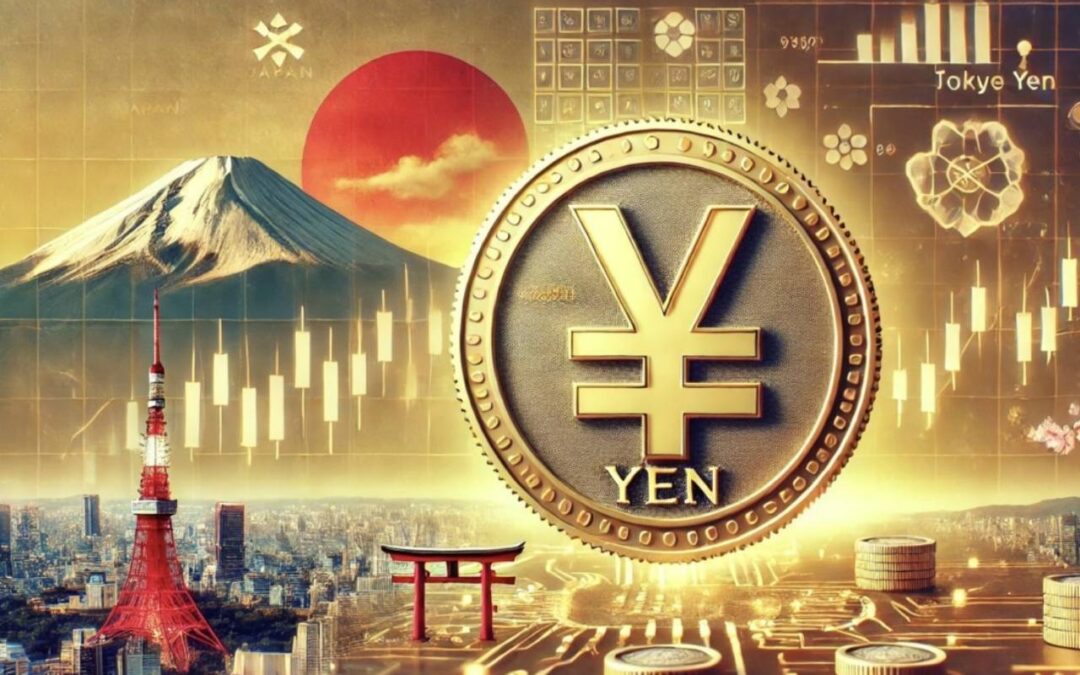Japan is about to take a major step in digital finance. The Financial Services Agency (FSA) plans to approve JPYC as the country’s first yen-pegged stablecoin this fall. The Tokyo-based fintech behind JPYC will register as a money transfer operator by the end of August, clearing the way for token sales to begin shortly after.
The approval marks the first time Japan will have a domestically issued stablecoin, pegged 1:1 to the yen and fully backed by bank deposits and Japanese government bonds (JGBs). Until now, Japan has relied largely on U.S. dollar-backed stablecoins such as Tether and USDC, which dominate a global market valued at more than $286 billion.
This step follows Japan’s 2023 legal reforms, which created a clear set of rules around stablecoin issuance. The law requires issuers to operate as banks, trust companies, or licensed transfer businesses, with strict transparency and reserve standards. JPYC Inc. will operate under these protections, providing reassurance that tokens remain fully backed by safe, liquid assets.
Market Potential
Founded in 2019, JPYC is already familiar to many in Tokyo’s fintech circles. The company has issued more than 30 billion yen in prepaid digital tokens but aims much higher with its stablecoin. Its goal is to issue one trillion yen (nearly $6.8 billion) in JPYC over the next three years.
The token will be available via blockchain networks such as Ethereum and Polygon, making it compatible with wallets and decentralised finance applications. Individuals or corporations will be able to purchase the coin by transferring yen to JPYC, which then issues the equivalent digital tokens.
Company representative Noritaka Okabe describes the project not as a speculative asset but as “electronic cash”. He believes yen-backed stablecoins will also influence the bond market. By holding reserves in JGBs, JPYC could become a significant and steady buyer, similar to how American issuers like Tether and Circle have become major holders of U.S. Treasuries.
Also read: Long-Term Bitcoin Holders Book $3.27M BTC Profits This Cycle, Beating 2021 Levels
Implications for Japan’s Financial System
The introduction of a regulated yen-pegged stablecoin could have several ripple effects. Faster and cheaper cross-border payments are among the most immediate. Companies could also use JPYC for domestic settlements, lowering banking costs and improving efficiency.
For the Japanese government, JPYC’s bond purchases may strengthen demand for JGBs at a time when the country’s debt levels remain the highest among advanced economies. Some experts suggest such buying pressure could help stabilise bond yields.
Risks remain, however. If the value of JGBs falls or liquidity drops, JPYC could trade below one yen in the secondary market. Regulations aim to reduce this danger by requiring reserves equal to 101% of issued stablecoins, but Okabe admits extreme cases like a government bond default could pose serious threats.
Competition and Global Context
Japan’s stablecoin market will not stop with JPYC. Circle has already gained approval this year to bring USDC into Japan, securing listings on major exchanges like Binance Japan, bitFlyer, and bitbank. These platforms each process more than $25 million in daily volume, giving Circle a strong foothold.
Japanese banks are also entering the race. Sumitomo Mitsui Financial Group is developing a stablecoin with the help of international blockchain partners. That means JPYC will compete not only against global giants but also against powerful domestic banks.
Yet, JPYC’s position as a yen-focused product may give it an edge. While USDC connects Japanese markets to global U.S. dollar liquidity, JPYC strengthens the yen’s role in the expanding digital economy.
By approving JPYC, Japan is opening a new era in its financial landscape. Strict reserve requirements, strong regulatory oversight, and the promise of greater efficiency indicate a careful yet ambitious move. As global investors watch the USD/JPY currency pair, the arrival of a stable digital yen could shape both domestic stability and Japan’s standing in global finance.
Written By Fazal Ul Vahab C H





